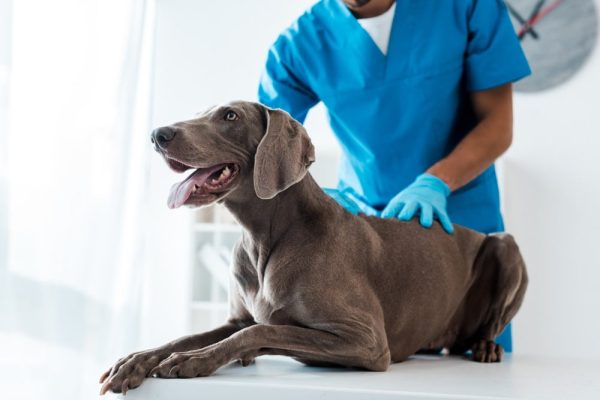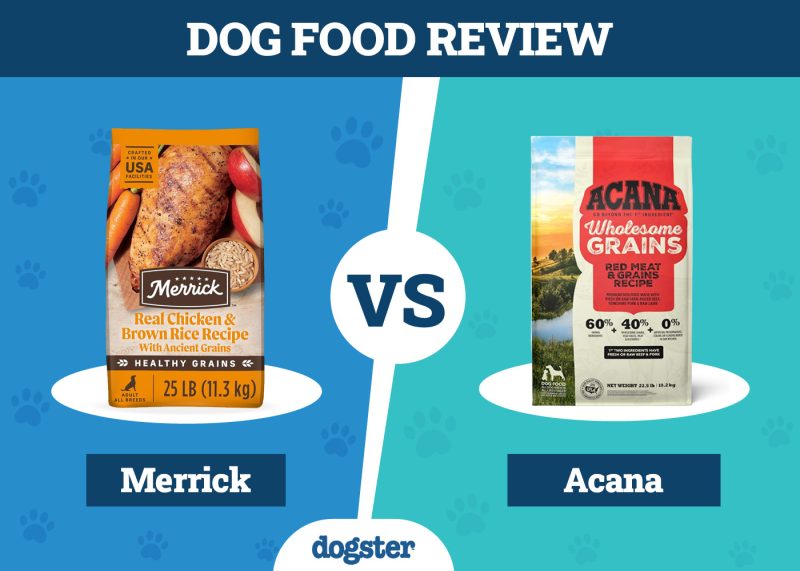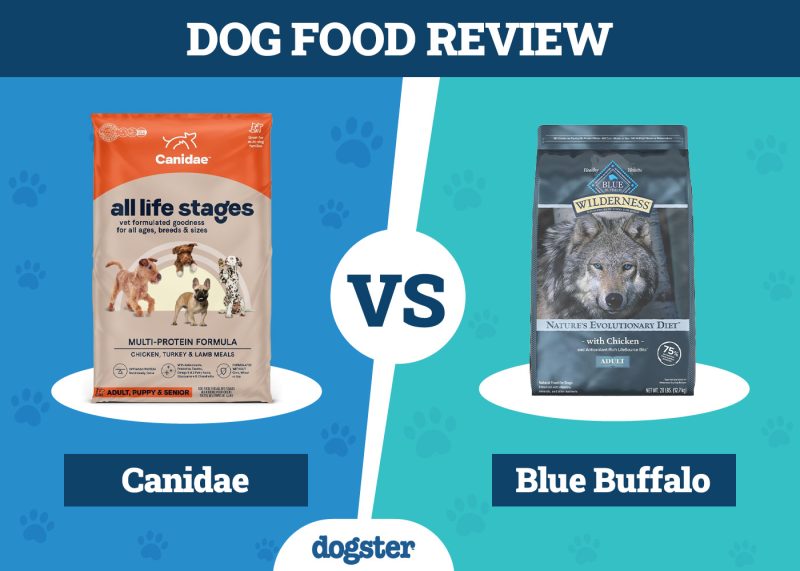In this article
View 4 More +Most people can rattle off a list of the major organs in the body, like the liver, heart, and brain. Some minor organs don’t get as much attention. Have you heard of the adrenal glands? Do you know what happens when the adrenal glands don’t work properly? You get Addison’s disease, a syndrome named after the doctor who described it in humans in the 19th century.
Dogs, like humans, can suffer from Addison’s disease or “hypoadrenocorticism,” to use the more scientific name. As hard as it is to pronounce, the disease is harder to recognize and is known as “the great pretender” since it can mimic other conditions. The good news is that, once diagnosed, Addison’s disease has an excellent prognosis with treatment. The bad news is that treatment will be life-long for your dog. Please stick with us as we explain all about Addison’s disease.

What Is Addison’s Disease?
Addison’s disease is a disorder of the endocrine system, which is the system of hormones in the body. The adrenal glands are part of this system; they are small glands that sit in front of the kidneys and, under normal circumstances, produce a few different hormones.
- Glucocorticoids: e.g., cortisol, hormones involved in metabolism, maintaining blood pressure, red cell production, and stress response.
- Mineralocorticoids: e.g., aldosterone, hormones that regulate blood electrolyte levels and maintain fluid and acid-base balance.
- Catecholamines: e.g., adrenaline, hormones/ neurotransmitters involved in the fight or flight response. They are not significant in Addison’s disease since they are usually still produced and are not necessary for daily life.
There are four kinds of Addison’s disease:
- Typical Addison’s disease: Dogs with a deficiency of glucocorticoids and mineralocorticoids, which leads to signs of Addison’s and electrolyte imbalance.
- Atypical Addison’s disease: Dogs with a deficiency of glucocorticoids but not mineralocorticoids, which leads to signs of Addison’s with a normal electrolyte balance.
- Iatrogenic Addison’s disease: Dogs with adrenal insufficiency caused by veterinary treatment. This can occur with medication for hyperadrenocorticism, also known as Cushing’s disease, or with abrupt stopping of long-term glucocorticoid drugs like prednisolone.
- Secondary Addison’s disease: Occurs secondary to disease in the pituitary gland of the brain.
Dogs with naturally occurring Addison’s disease are more likely to be female and young to middle-aged adults. Certain breeds are genetically predisposed to Addison’s disease, and the most notable is the Standard Poodle, but other Poodle sizes and breeds are also susceptible, like Portuguese Water Dogs, Nova Scotia Duck Tolling Retrievers, Bearded Collies, Great Danes, Leonbergers, Labrador Retrievers, Golden Retrievers, Cairn Terriers, Rottweilers, and West Highland White Terriers.

What Are the Signs of Addison’s Disease?
The signs of Addison’s disease are very vague and often come and go, which can make getting a diagnosis difficult, especially if your dog has the less common atypical Addison’s disease. Stress can trigger the signs of Addison’s disease.
- Lethargy
- Vomiting
- Diarrhea
- Loss of appetite
- Increased thirst
- Urinating more than usual
- Intermittent shaking
- Low heart rate
- Weight loss
- Weakness
- Abdominal pain
- Severe vomiting
- Bloody diarrhea
- Collapse
- Dehydration
- Low blood sugar
- Seizures
What Causes Addison’s Disease?
As mentioned earlier, Addison’s disease is a syndrome, not a diagnosis itself. The most common cause of Addison’s disease is the immune system attacking and destroying adrenal gland tissue. In some cases of immune-mediated disease, the areas producing mineralocorticoids are not harmed, leading to atypical Addison’s.
In time, atypical Addison’s can become typical. Trauma, infection, and cancer of the adrenal glands can also lead to Addison’s disease. The pituitary gland in the brain can also be involved in Addison’s disease.
Normally, the pituitary gland releases a hormone called ACTH, which stimulates the adrenal gland. If the pituitary is diseased, for example, with a tumor, it can stop producing ACTH, and Addison’s disease occurs. This is called secondary Addison’s disease.
There are two scenarios where veterinary treatment can lead to Addison’s. When a dog has an overactive adrenal gland (Cushing’s disease), drugs like Trilostane and Mitotane can be prescribed to reduce cortisol production. Unfortunately, an adverse reaction can occur where the adrenal gland is damaged and can no longer produce adequate hormones, and the dog develops Addison’s disease.
Another scenario is a dog being prescribed glucocorticoid medication like prednisolone or dexamethasone long-term. Over time, the body becomes accustomed to not producing cortisol, and Addison’s disease can occur if the medication is suddenly stopped. This effect is reversible and can be avoided if dogs are slowly weaned off steroid medication.


How Do I Care for a Dog With Addison’s Disease?
Visit the Vet
The signs accompanying Addison’s disease warrant a vet visit. If your dog shows severe signs like weakness and collapse, they should be taken to the emergency vet. They may require treatment with a fluid drip or medication and need other supportive care.
If your dog’s electrolyte disturbances are severe, their life may be in danger, and advanced treatments are needed to restore balance as soon as possible. Your dog may be given steroids as part of the initial treatment plan.
If they are severely anemic due to gastrointestinal blood loss, they might need a blood transfusion. If their blood sugar is dangerously low, they may need glucose in the fluids. If severely unwell, your dog could be hospitalized for days.
Get a Diagnosis
If your dog has Addison’s, they will likely receive a blood test. The results of a basic blood test are not diagnostic for Addison’s, but with typical Addison’s disease, there are some hallmarks to look out for. If your dog has high potassium, low sodium, and low chloride levels in the blood, your vet may become suspicious of Addison’s disease.
A specific test called an ACTH stimulation test (remember ACTH from the pituitary gland) can definitively diagnose Addison’s disease. A synthetic ACTH injection is given, and cortisol is measured before and 1–2 hours after the injection. The ACTH should increase the production of cortisol, but if it remains low, Addison’s disease is diagnosed.
Sadly, it’s not uncommon for Addison’s disease to be misdiagnosed. Kidney enzymes can be elevated, but the kidneys are not usually damaged during Addison’s disease. Instead, the dehydration and intestinal bleeding lead to increased kidney enzymes, and this typically resolves quickly with fluid therapy.
Other possible blood changes are high phosphate, high calcium, low sugar (glucose), low protein (albumin), low cholesterol, high liver enzymes, and anemia.
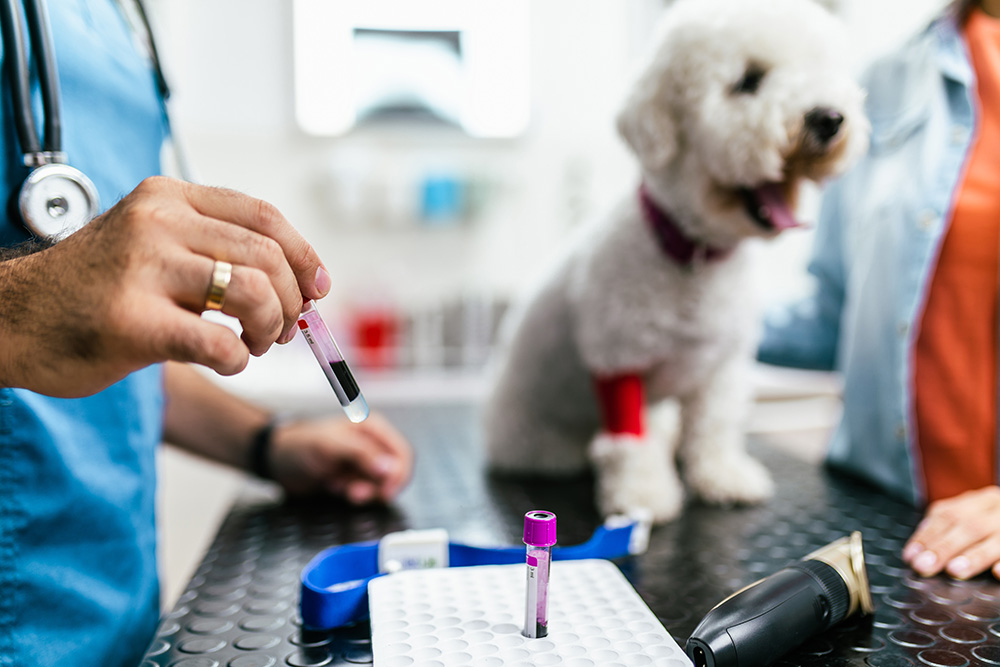
Start Medication
All dogs with Addison’s need to be on a glucocorticoid hormone replacer. Prednisolone is usually used at low doses for this purpose. The dose is increased during times of stress to help your dog cope. For example, if you are scheduled for a vet visit or grooming appointment, you may be instructed to double the dose of prednisolone starting the day before.
Similarly, the dose can be doubled if your dog becomes unwell for any reason. The daily dose can be adjusted based on your dog’s signs at home under the guidance of your vet.
Dogs with typical Addison’s will also need a mineralocorticoid replacer.
This can be a once or twice-daily medication (Florinef®) or a monthly injection (Desoxycorticosterone pivalate). The dose may need to be adjusted as time goes on.
Monitor Regularly
The key to a long, happy life with Addison’s disease is keeping your dog on the correct dose of medication. Your vet will recommend regular monitoring and checkups as their medication needs may change over time. The checkups will include blood testing to check your dog’s electrolyte levels.
At Home Care
Your main job as a pet parent for a dog with Addison’s disease is to monitor your dog’s signs. If they show any recurring signs of Addison’s, they need to be rechecked sooner rather than later. You should ensure all medication is given on time and according to the vet’s recommendations. You should take your dog to their monitoring appointments without fail.
Delaying medication, rechecks, or treatment of disease often leads to severe illnesses. The longer the delays, the more unwell your dog gets, potentially even leading to their death. With good treatment, this disease has an excellent prognosis, but with poor treatment, complications are more common, which may eventually lead to death or euthanasia in some cases.
Your dog’s daily activities and diet can usually remain the same. Your vet will advise if any specific changes are recommended for your dog.
If you need to speak with a vet but can't get to one, head over to PangoVet. It's our online service where you can talk to a vet online and get the advice you need for your pet — all at an affordable price!


Frequently Asked Questions (FAQ)
How Much Does it Cost to Treat Addison’s Disease?
According to PawlicyAdvisor, Addison’s can cost $50 to $200 a month to treat. The diagnosis and initial treatment could set you back $500–1500. Be mindful that poorly managed cases could incur additional costs.
For example, if your pet is hospitalized frequently due to breakthrough signs of Addison’s, the treatment costs will increase. That is why following all medication and monitoring instructions to a tee is imperative.
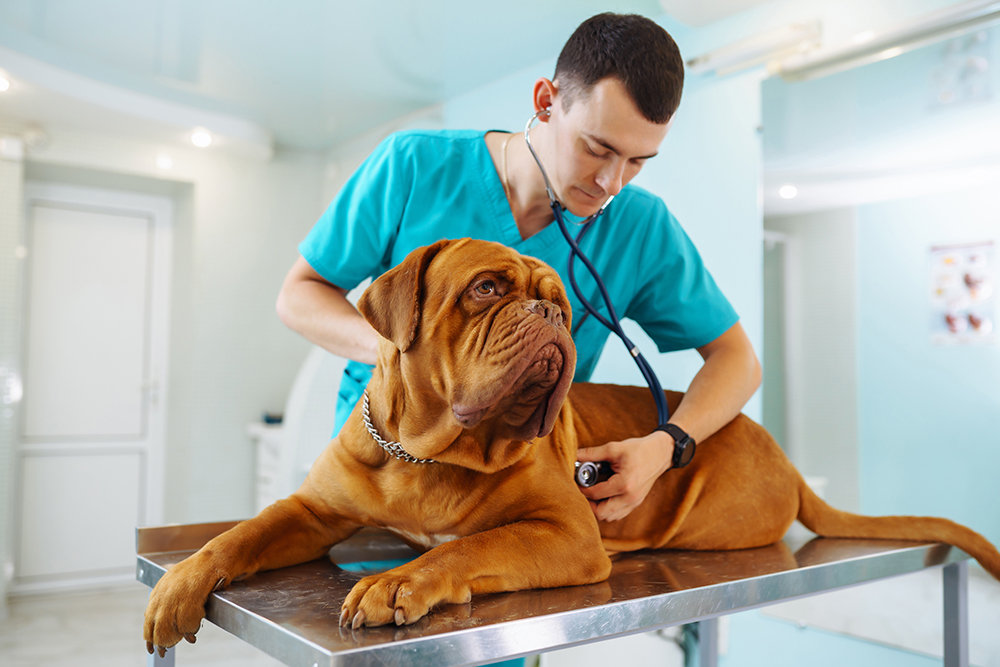
What Is an Addisonian Crisis?
An Addisonian crisis refers to severe signs of shock, electrolyte disturbances, gastrointestinal upset, and other life-threatening complications of Addison’s disease that necessitate emergency veterinary treatment.
How Long Does It Take for a Dog to Recover From an Addisonian Crisis?
Most dogs start to recover within 2–3 days after hospital treatment. Most dogs are discharged from the hospital 3–5 days after the Addisonian crisis.

Conclusion
Unfortunately, there are no shortcuts when it comes to Addison’s disease. There is no cure for Addison’s, so unless the disease is iatrogenic, you can expect medication to be lifelong. The good news is that with the correct treatment, your dog can go on to live a normal life. If your dog has been diagnosed with Addison’s, you should listen carefully to your vet’s instructions.
Featured Image Credit: Jaromir Chalabala, Shutterstock






